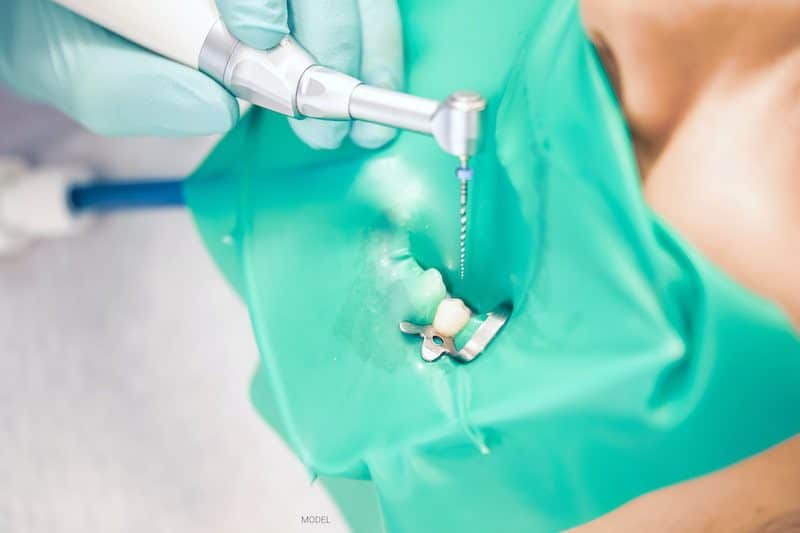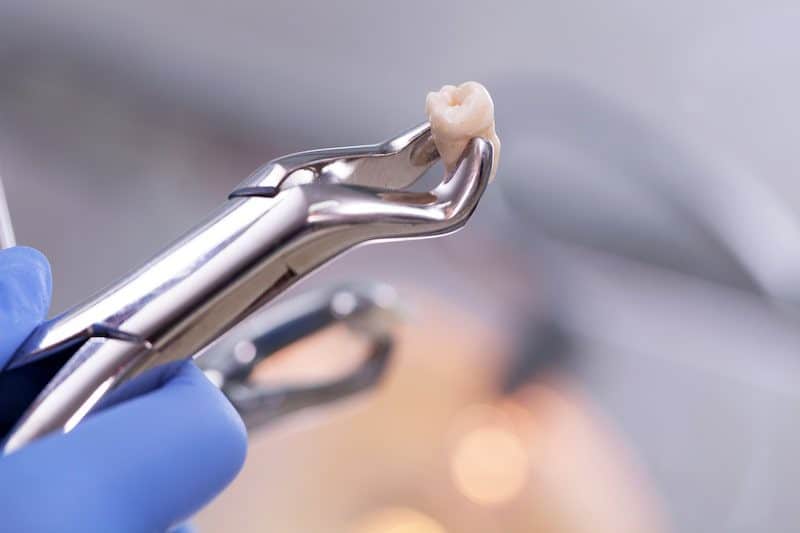4 Minute Read:
Keeping your teeth and gums healthy is vital to one’s appearance and overall well-being. When a tooth is damaged by decay or injury, root canal therapy (RTC) can often save it.
However, in some cases, the tooth may be too compromised, and extraction is necessary.

Some patients who may have had a bad experience with root canal therapy decades ago choose not to receive this treatment and opt to have the tooth pulled.
While having one or two teeth extracted may not cause significant issues, losing several of them can lead to serious problems.
Do You Fear Having a Root Canal?
If the thought of undergoing root canal therapy scares you, you’re not alone. Endodontics is the dental specialty responsible for performing root canals, and while the American Association of Endodontics was created in 1943, RCT was problematic and often painful until the 1990s.

When you think about it, all medical and dental procedures have gone through an early initial phase and led to various adverse complications.
Now, because of the lessons learned in the previous decades, root canal therapy is a straightforward, safe, and effective treatment that can relieve pain from a deeply infected tooth and save your smile.
If you’ve been told you need RCT, don’t be frightened, this isn’t your grandmother’s root canal. If you still have anxiety, look for a dentist that offers some form of sedation to help you relax during your procedure. Chicago Dental Arts offers oral sedation with medication.
The only alternative to this tooth-saving procedure is extraction.
How Is Root Canal Therapy Performed?
When a dental infection reaches the root, a filling can not restore the tooth. Instead, after the area is numbed, an endodontist or specially trained dentist makes a hole at the top of the tooth to access the root.
Infected tissue and debris are completely removed, the inside of the root chamber is cleaned, and a material called gutta-percha is used to fill the now-empty space.
An impression of the treated tooth is made and sent to a lab for a permanent crown to be created. While you wait for this restoration to be finished, usually within about two weeks, a temporary crown is placed over your tooth.
Pretty simple, right?
Tooth Extraction
When damage to the tooth’s structure is extensive, root canal therapy may not be possible, and you’ll need to have the tooth pulled (extracted). Your dentist will administer a local anesthetic and use dental extraction tools to get a good grip on the tooth and pull it out, often in one piece.

Using special tools, the dentist can often retrieve all the pieces of your broken tooth and complete the extraction. But, in some cases, an oral surgeon may need to extract the embedded portion of the tooth.
After having your tooth extracted, leaving you with a gap in your smile, it can be replaced with a fixed bridge (an artificial tooth supported by two adjacent crowns) or a dental implant.
Making the Choice Between a Root Canal and Tooth Extraction
A skilled and experienced dentist can explain these options in detail and advise you on the best way to proceed. They will obtain x-ray images to evaluate the condition of your tooth and if a root canal can save it. If your dentist performs this procedure, they can usually schedule you for root canal therapy quickly (as a dental emergency) or refer you to an endodontist.
If the dentist feels that your tooth cannot be saved with root canal therapy or the chances of RCT failure are high, they will recommend extraction and replacement.
Root Canal Therapy and Tooth Extraction in Chicago, IL
Dr. Vladimir Fedin is an experienced and meticulous Chicago dentist who performs root canals and oral surgery procedures, including tooth extractions, at Chicago Dental Arts.
He is also a master of restorative dentistry, and Chicago Magazine and The Sun-Times have named him as one of Chicago, Illinois’ leading dentists and implantology experts.
Dr. Fedin serves the Skokie and greater Chicago area and welcomes you to call (312) 642-6631 for more information or to schedule an appointment.
